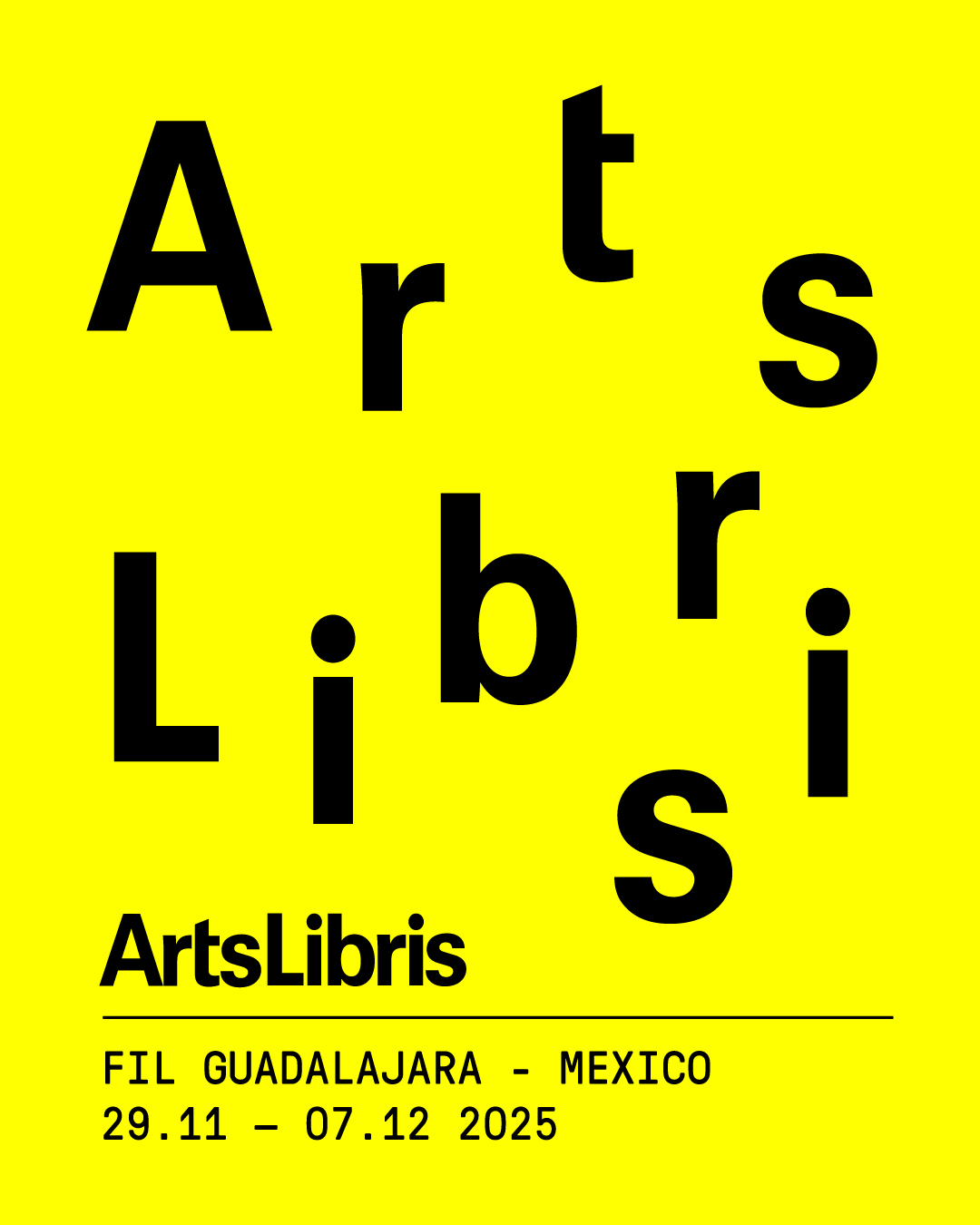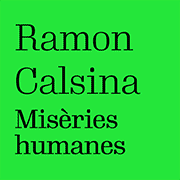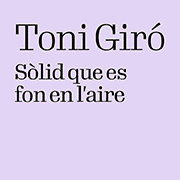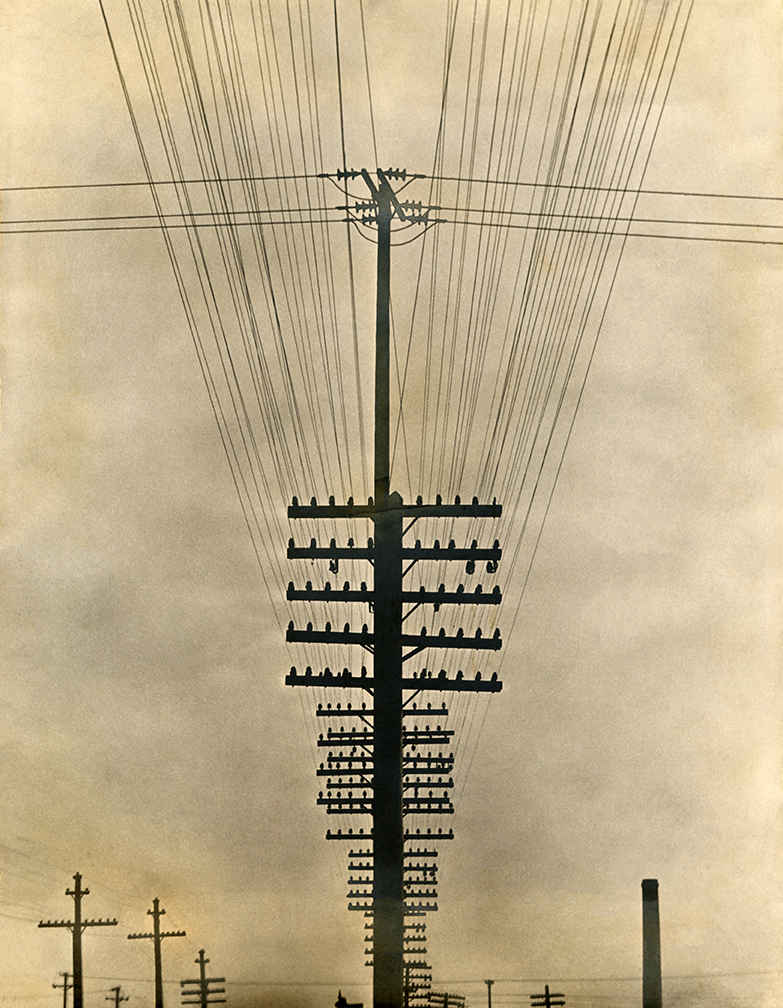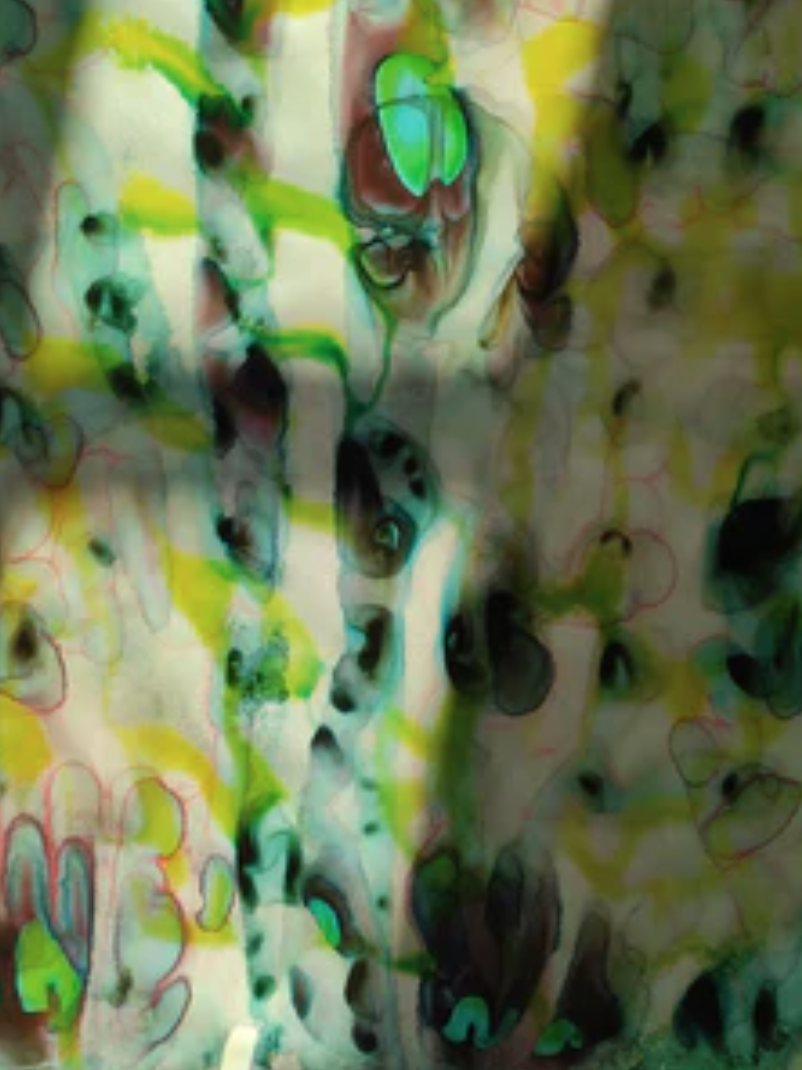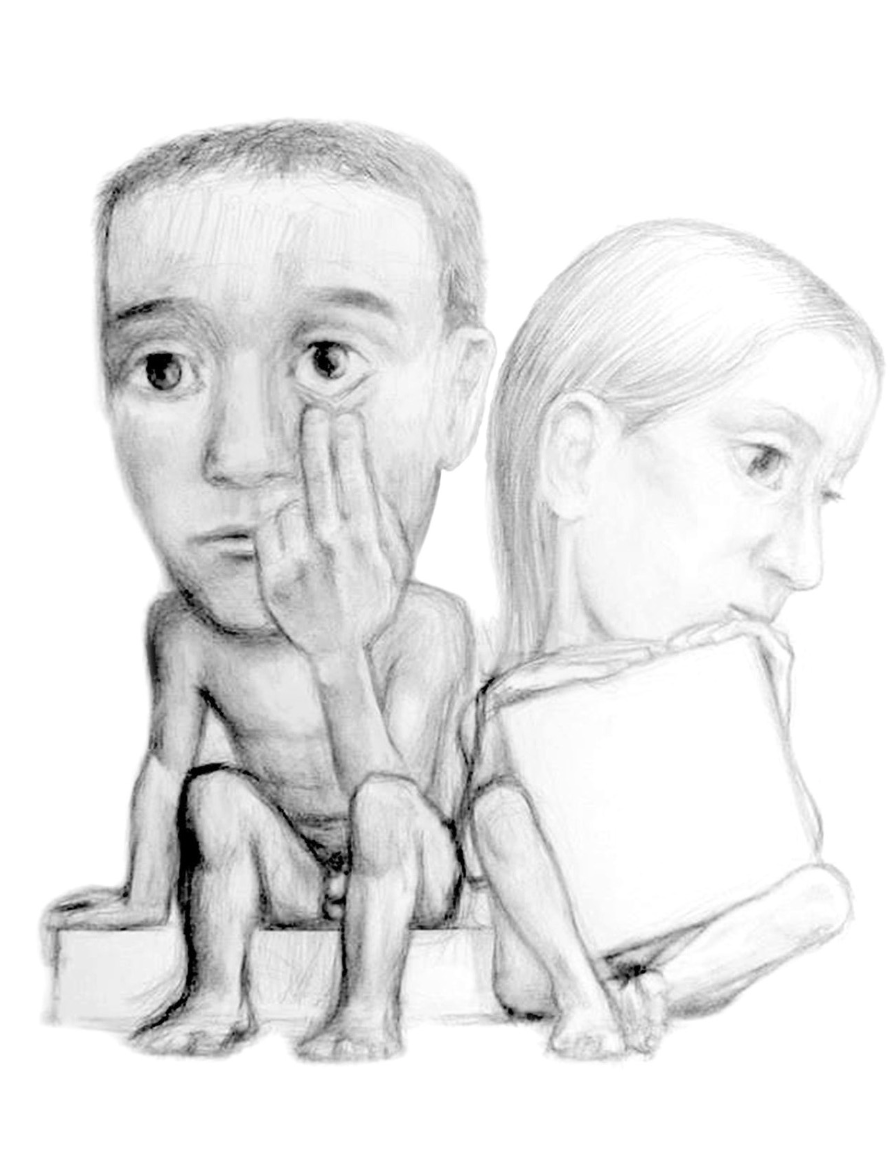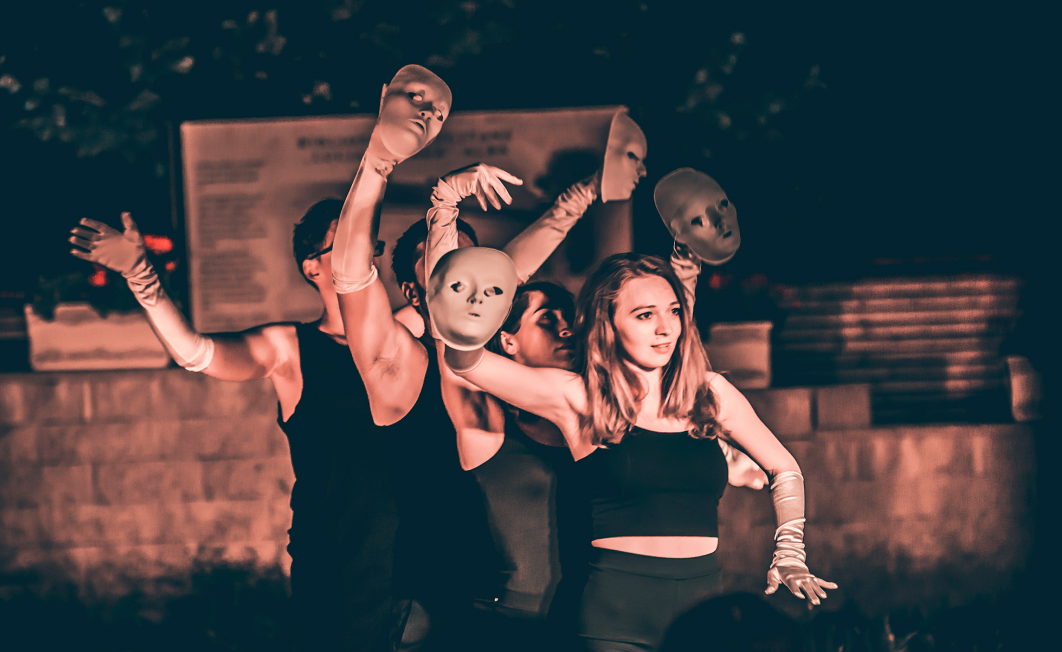Exhibitions
"The human image. Art, identities and symbolism" at CaixaForum Barcelona
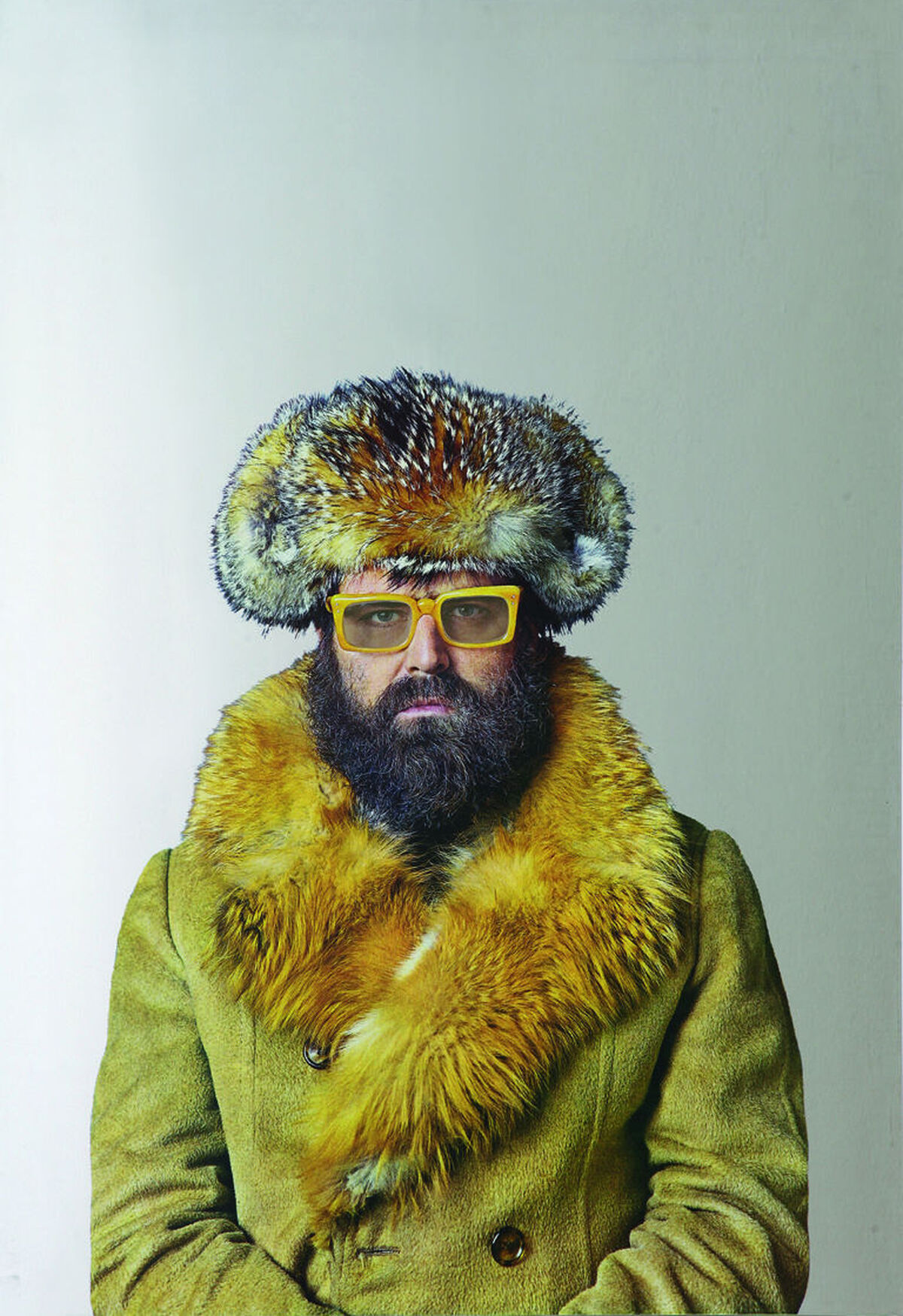
The exhibition The human image. Art, identities and symbolism explores the representation of the human being throughout the history of art through different cultures and eras up to the present day, as part of a new collaboration with the British Museum. Iconic works of ancient civilizations are juxtaposed with other works of contemporary art and allows cross-cultural comparisons to be made. Among the artists, there are names such as Henri Matisse, Goya, Manet, Madrazo, Tàpies, Albrecht Dürer, Christopher Williams, Vanessa Beercroft, Tom Wesselmann and, as a novelty at CaixaForum Barcelona, Genevieve Cadieux. It can be visited until October 22.
Through 151 works, including sculptures, paintings, films, drawings, numismatics, photography, video installations and objects, the exhibition brings the British Museum's holdings into dialogue for the first time with the collection of the ”la Caixa Foundation” ". More specifically, it is a group exhibition that includes 151 works of art and objects from the British Museum's extensive holdings, accompanied by a selection of eight contemporary works that belong to the Foundation's Contemporary Art Collection. la Caixa', as well as a large-format oil from the Prado Museum, a MACBA installation and an interactive installation by the digital artist Rafael Lozano-Hemmer, which makes it possible to strengthen the links between the public and the contents of the exhibition, lent by the artist and the Max Estrella Gallery.
In this sense, Thomas Cummins, the curator of the Department of International Exhibitions of the British Museum, has emphasized that the Barcelona exhibition "is the most extensive" that has been held so far. In fact, this exhibition has already passed through other prominent Spanish cities, such as Madrid, Seville, Zaragoza or Palma. Cummins added that it "brings together unique pieces from various exhibitions" and that, therefore, "it is a unique opportunity to see them together".
The tour is divided into five thematic areas, preceded by an introduction, which avoid any chronology and which will serve to explore the human image: Ideal Beauty, Portraits, The Divine Body, The Political Body and Body Transformation. Also, the presence of women is a key element, as explained by Cummins. "There are many female figures, linked to fertility and beauty, and the exhibition aims to capture the different interpretations that have been made of women over time," said the curator.
The discourse of the exhibition addresses the present and juxtaposes gems of ancient art with spectacular more recent works from diverse cultures, as well as others signed by artists such as Henri Matisse, Goya, Albrecht Dürer, Édouard Manet, Tom Wesselmann , Christopher Williams, Vanessa Beercroft, Frank Auerbach, Anton van Dyck, Ernst Kirchner, Antoni Tàpies, Luis de Madrazo, Esther Ferrer, Óscar Muñoz, Raffaello, Rembrandt, Parviz Tanavoli, Rafael Lozano-Hemmer, Craigie Horsfield and Otto Dix, among others others As a novelty, the tour includes a work by Geneviève Cadieux, from the Contemporary Art Collection of the 'la Caixa' Foundation.
The oldest work in the exhibition is a modeled human skull, from ancient Jericho (now the West Bank) and dated to around 8,000 BC, which is considered one of the most remarkable objects in the British Museum's collections. By contrast, the most recent work is from 2016: a screen print by the famous Iranian artist Parviz Tanavoli. Along these lines, Cummins has admitted that "bringing together such an old work and such a new one is key to illustrating this evolution of the human image".
The exhibition is curated by Brendan Moore, former curator of the British Museum's Department of International Exhibitions, and Thomas Cummins, curator of the British Museum's Department of International Exhibitions.
It is the sixth collaboration between the ”la Caixa” Foundation and the British Museum, thanks to a strategic alliance between these two institutions that has allowed the public of our country to present exhibitions dedicated to, among other topics, art and culture medieval, to the idea of competition in ancient Greece, to the figure of the pharaoh, to luxury in antiquity or to the emergence of engraving from the 60s to the present day.


